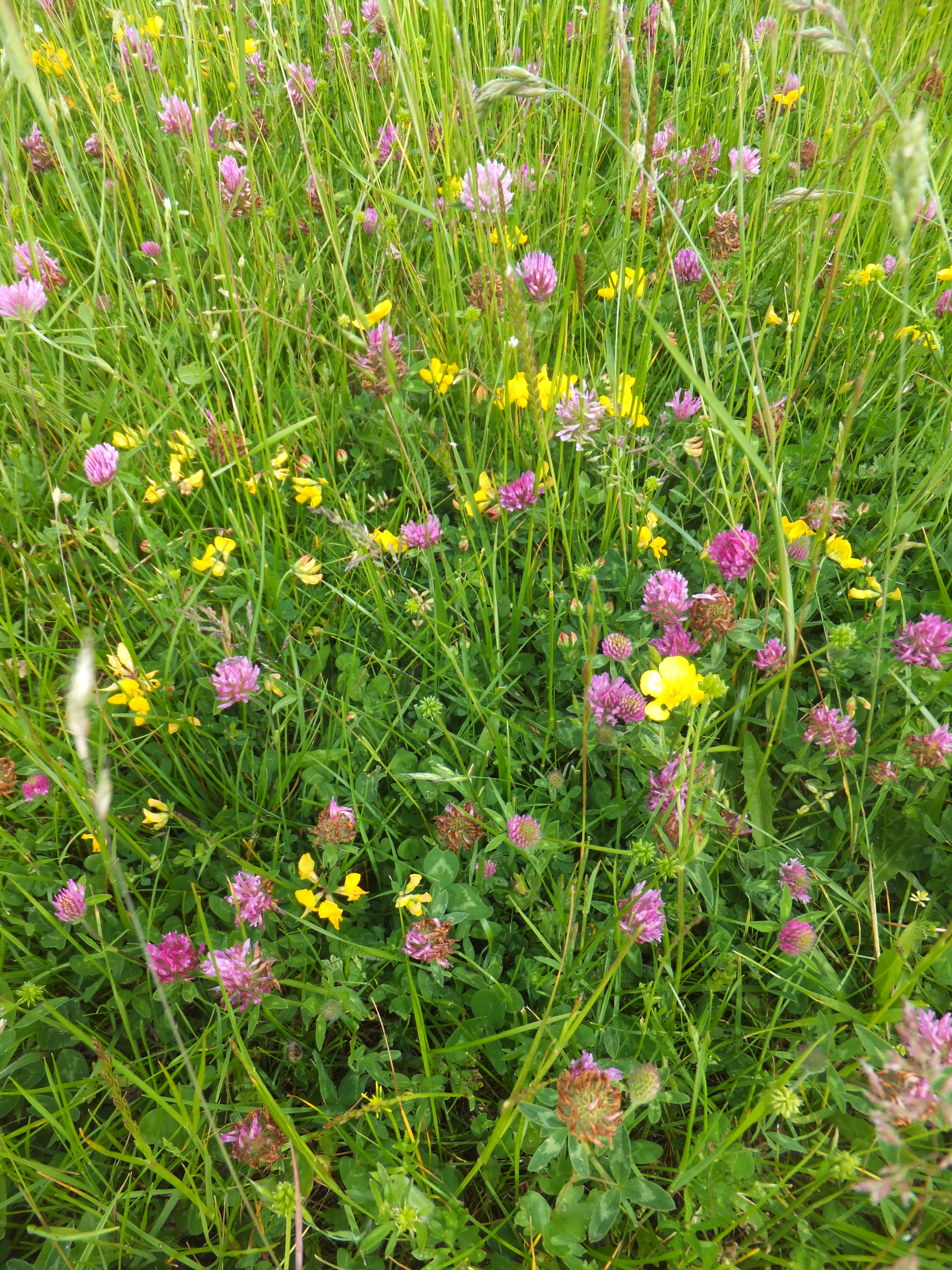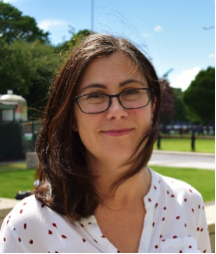One of the most common questions I get when talking about bee decline, what causes declines and the consequences, is “what can I do to help?”. Given that one of the key drivers of decline is loss of forage resources, i.e. flowers that provide nectar and pollen, which is food for bees and many other pollinating insects, then the obvious thing to do is to increase the number of flowers for these insects.
But… it’s not quite that simple: not all flowers are equal.
Our native insects have co-evolved with native flowering plants, and so respond to their colour, scent, size and location, and thrive on a particular suite of species. Just like us, bees and other insects need certain nutrients in their diets to keep them healthy and to stave off illness, as well as for basic growth and functioning. Bees also need food throughout their lifetimes, some from the first flushes of early spring, others later at the end of autumn. So, a diverse, season-long diet of native species is best.
Marketed as ‘pollinator-friendly’, wildflower seeds and ‘seed bombs‘ are widely available from many well-intentioned supporters. Should these be scattered across our gardens, roadsides and amenity areas to provide much-needed food for bees and other insects? Actually, in many cases, no, they should not. For several reasons:
- Seed mixes can contain non-native species (“wildflower” is not the same as “native species” – it’s just something that can grow in the wild), that could become invasive and reduce diversity in our native plant communities, and not provide the right kind of food at the right time of year for our native insects.
- Mixes could contain native species, but from genetically distinct populations that are not adapted to the local conditions. Any seed set from these plants, or gene-flow between local and non-local plants, could potentially swamp the locally-adapted populations, which can be better suited to the local environmental conditions and able to cope with local biological pressures (e.g. disease, competition and herbivory).
- Seed mixtures could contain horticultural varieties of native species, that are bred for their colour, hardiness, ease of growth rather than their nutritional value to native insects. Some of these varieties contain less nectar and pollen, or less of the essential nutrients that our native insects need.
- Mixtures may not contain species that provide flowers right through the season, providing a bounty of food at one time of year, but nothing at other times (e.g. see this study, although US-based, the principles apply).
So what’s the best way for people to make sure they provide the right kinds of flowers to support our native insects?
Firstly, the best source of seeds is the local soil seed bank. This is where seeds are naturally stored, often in a dormant state, in the soil of nearly all habitats. Given the opportunity, these seeds germinate and grow. What we need to do is give them that opportunity. To do this, we often just need to do less. Stop mowing the grass and see what comes up. This has been demonstrated as a really successful approach by projects like “Don’t Mow, Let it Grow” and local communities and other land managers who have reduced their mowing regime (e.g. see case studies here). You might be surprised at what will come up in a lawn that has been mown for decades.
This is a ‘wildflower meadow’. Unfortunately, thanks to lush images of cornflowers and other showy non-native varieties on the front of packets of wildflower seed, we tend not to recognise our own native wildflower meadows. Natural regenration from the existing seed bank is always the best option, so reducing grass-cutting and removing clippings to reduce fertility is the best and most economic way to encourage wildflowers to grow.
Secondly, if you are trying to create a wildflower patch in soil that has previously been planted with non-native/ornamental species, or is dominated by a single fast-growing species that crowds everything else out, then help might be needed with some additional locally-collected seed. The Collecting and using pollinator friendly wildflower seed guide from the All-Ireland Pollinator Plan contains great tips and advice on how to find the right seeds to collect, how to collect and store seeds, and how to sow them.
Finally, where there is no seed bank (e.g. if the soil has been covered by plastic or buildings for many years), then you can consider buying native, local-provenance seed. This is easier said than done, however, as there are not that many places we can buy such seed. Many online sites claiming to sell native wildflower seed have small-print somewhere that says it might not be from native sources. Check what you are buying carefully, and don’t use non-native, non-local seeds in wild areas (roadsides, farmland, brownfield/open sites). Small patches in urban gardens that are already full of non-native horticultural plants are probably ok.
For other pollinator conservation dos and don’ts, see my recent blog.
About the author: Jane Stout is a Professor in Botany at Trinity College Dublin, an ecologist who has studied bees and their foraging behaviour for >20 years. She was one of the instigators of the All-Ireland Pollinator Plan and is deputy Chair of its Steering Group.


